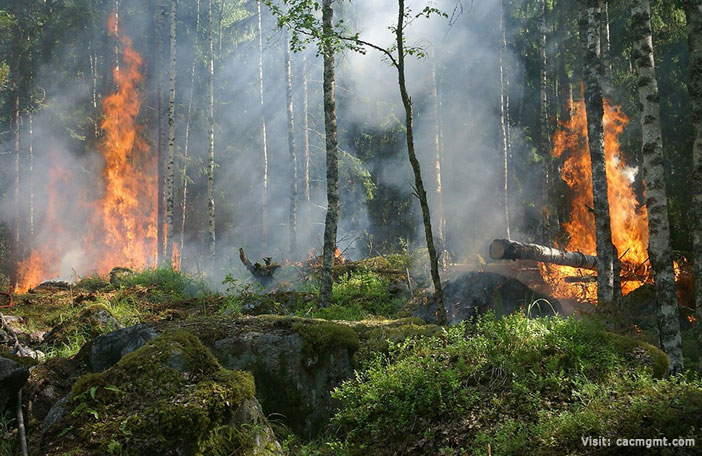Below is a helpful tip from the Davis-Stirling.com Newsletter by ADAMS | STIRLING PLC regarding losses in the insurance market and whether your HOA should increase its insurance budget.
Last year the insurance market suffered catastrophic losses of $210 billion from worldwide natural disasters. The top five costliest ones were in the United States.
California Losses: Last year was also the most expensive year on record for destructive fires in California. The State suffered 69 major fires that consumed 4.4 million acres, damaging or destroying 10,500 structures, and killing 33 people.
Insurance Premiums: California’s insurance carriers have taken steps to reduce the enormous losses they suffer from wildfires. Some have refused to renew policies in California. Others have doubled, tripled or quadrupled premiums while, at the same time, raising deductibles to $100,000. This has caused sticker shock for associations and homeowners alike.
Managers and budget committees should talk to their insurance agents for estimates on premium increases for next year, and then budget accordingly. Otherwise, boards may need to impose special assessments when insurance renewals hit.
Legislations: To help reduce the risk of wildfire destruction, the Legislature passed Assembly Bill 38, which went into effect January 1. It requires sellers of property in high fire zones to disclose to buyers their home’s vulnerability to flying embers, such as:
- Eave, soffit, and roof ventilations that are not flame- and ember-resistant;
- Roof coverings made of untreated wood shingles or shakes;
- Combustible landscaping or other materials within five feet of the home;
- Single-pane or nontempered-glass windows;
- Loose or missing bird stopping or roof flashing;
- Rain gutters without noncombustible gutter covers.
In addition, the seller must obtain a certificate that their property is in compliance with Section 4291 of the Public Resources Code or local vegetation management ordinances.
The default brush clearance requirement is 100 feet from each side and from each of the front and rear of the structure.
Condominiums? For single family homes in planned developments, it is clear who is required to inspect and make disclosures — the owner. What about condominiums where the structure is owned in common? The statute makes no exception for condos. It states, “the seller of any real property” shall make disclosures. It means boards of directors of condominium and townhome associations need to have their properties inspected and then circulate a report to all members so owners can make appropriate disclosures to buyers.
Fire Map: More than 2,000,000 California households (almost one in four), are located in high to very high fire hazard zones. To find out if your property is affected, visit the Cal Fire website and enter your address. Information on fire hardening, including current building standards and information on minimum annual vegetation management standards to protect homes from wildfires, can be found at ReadyForWildfire.org.
RECOMMENDATION: Boards and homeowners should immediately request a “Defensible Space Inspection” to determine if their properties meet new fire safety requirements. Since we seem to be in year-round fire seasons, owners should harden their properties before a fire hits the surrounding area. For more information, see Defensible Space Program and Fire Hazard Severity Zones.
DISCLAIMER. The Davis-Stirling.com Newsletter by ADAMS | STIRLING PLC provides commentary only, not legal advice. For legal advice, you’ll need to hire legal counsel. You can hire ADAMS | STIRLING PLC; Keep in mind they are considered corporate counsel to associations only.

